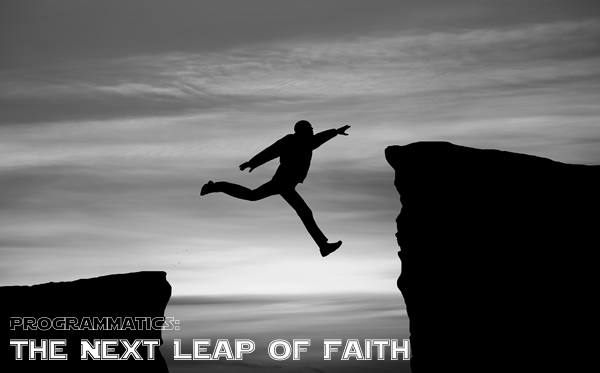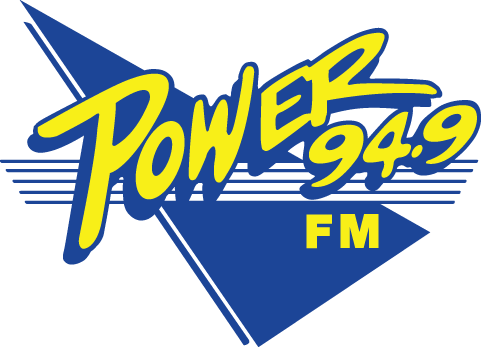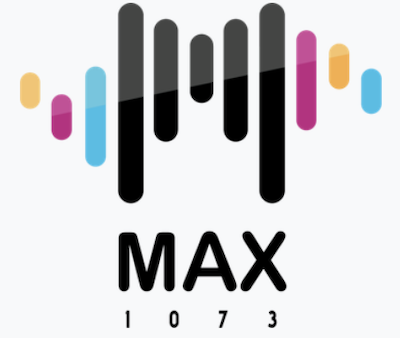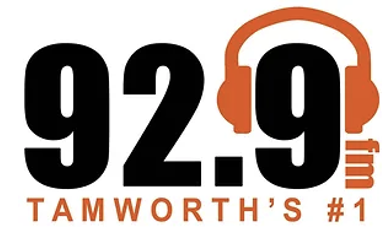Programmatics: The Next Leap of Faith

Hang onto to your seat – the rollercoaster ride is about to start!
With all its twists and turns, 2016 could well become ‘the Year of the Programmatic’.
Question is – will we all look back on 2016 as the year sales experience and know-how was thrown aside for a bunch of bits-and-bytes, or, will it become a golden age when advertisers finally connect accurately to their targets and radio networks roll in cash?
 Well, the US radio market is certainly starting to gear up for this Nirvana scenario. Just ask Jelli, the company behind the engine that drives programmatic buying systems. They’re now shouting from the rooftops that with the Katz Media’s Expressway system and iHeart’s own buying system, both of which use the Jelli platform, the scene is set for programmatic buying to move from the digital space to radio, all at warp speed. But, of course they would claim that, wouldn’t they?
Well, the US radio market is certainly starting to gear up for this Nirvana scenario. Just ask Jelli, the company behind the engine that drives programmatic buying systems. They’re now shouting from the rooftops that with the Katz Media’s Expressway system and iHeart’s own buying system, both of which use the Jelli platform, the scene is set for programmatic buying to move from the digital space to radio, all at warp speed. But, of course they would claim that, wouldn’t they?
Jelli been sitting on their technology investment now for a couple of years, and, no doubt, their shareholders want a return and they’d like it now – please. Many people in the industry, both here in Australia and the US, see this optimistic forecast for the hype it is, but, usually where there’s smoke, the fire-starters of truth are at least beginning to glow.
I suspect what is most likely to happen is that programmatic buying will gain some momentum this year in the US, but perhaps not with quite as much fervour as Jelli would like. Advertisers, agencies and stations will all want to see how the process falls out, before they bet their shirts on ‘Black 26’ to win on the spin of the wheel. Jumping in unreservedly would really be over-committing on a leap of faith.
Nonetheless, you don’t have to be a genius to forecast that targeted programmatic buying is poised to become the future of radio sales, whether we like it or not.
Here in Australia, commercial radio has seen the writing on the wall, but then, so could Blind Freddy. Commercial Radio Australia has recently made a very smart move by setting up an internal committee to examine the likely impact of programmatic buying. They’re hoping this will give radio the initiative to lead the process and have a real say in how the emerging industry will be structured.
Several months ago, I wrote here on Radio Today in Programmatics: Beware the Weakest Link, that the landscape for programmatic buying could be vulnerable to a number of factors, which would make the buying process, not just complicated, but unworkable. One of those key factors is to avoid the same problems that arose with the VHS-Betamax video wars of the eighties; Betamax was technically superior, VHS had far better marketing.
These two incompatible systems fought tooth and nail for the right to survive.
Only one did, but while the war continued there was no defined standard for end users in the marketplace.
This often happens in start-up industries, where a number of players battle it out for the right to have their product accepted as the standard everyone will adopt.
Reality is: there can only be one winner or chaos will prevail.
The second, and possibly even more important consideration, is the quality of the data that is fed into the algorithm to produce the buying decision. With lousy data, you’re going to get lousy results. The computer nerds call it GIGO – garbage in, garbage out.
Clearly, manipulating results would not be in the best interests of the serious players in the programmatic space. Programmatics would simply run the risk of being labeled a sham, but, as we all know, there are always those who’ll test the limits for sake of a quick buck.
CRA’s Programmatic Committee must address both these issues, to ensure a single technical standard is set for programmatic buying, and, the radio industry is not doomed to be perpetually dealing with orders from disparate, incompatible and suspect systems.
As I urged in my article, “Programmatics: Join Us or Die”, back in October, as an industry, we have the responsibility before jumping feet-first into this new and unproven process to set specific standards for data, so that results can’t be manipulated.
Allowing an environment to exist where the use of unverified, non-standard data, could potentially produce a skewed outcome for an unscrupulous operator, would inevitably be seriously detrimental to the reputation of programmatic radio buying while it’s in its infancy.
Setting standards for acceptable data is a major issue, however, it may not be such a problem in practice, if commercial radio adopts an algorithmic format that is acceptable to both the radio industry and the advertising agencies. Requirements for specific data can then be set accordingly. The chances of an agency ‘going rogue’ are greatly reduced when they have to work to an agreed standard.The programmatic industry, if it is going to be trusted, has to be clean from the outset.
I believe the use of suspect data in creating intentionally inaccurate buying decisions should open manipulators up to charges of fraud. The key stakeholders must let it be known that programmatic buying decisions must always be legitimate or the weight of the industry, and even the force of Law, will be brought to bear on those who are prepared to manipulate the system improperly for quick profits.
The standardising of programmatic algorithms and Big Data offers the best chance that everyone will be singing from the same hymnbook, and, hopefully, in tune. Ensuring radio settles on the proper standards is a significant responsibility for CRA’s Programmatic Committee as the effect of their recommendations will set the way things are to be done in the industry for years to come. Australian radio isn’t thinking 2016 as ‘The Year of the Programmatic’.
I suspect our local industry will be standing back a little and watching carefully as the Americans launch into the practice, before we take any serious steps forward. Only then, can we learn from the blunders and finger-pointing that always follow the introduction of something entirely new and exciting. This ‘wait and see’ approach is very wise. Comparatively, we’re a small industry in this country.
Collectively, commercial radio is only going to have one shot at getting the introduction of programmatic buying right.
Screw it up now and it could potentially be a very messy process indeed.
About The Author:
Brad SMART has been a journalist, consultant, author, broadcaster, film director and was the former owner of the Smart Radio Network throughout Queensland. Brad can be contacted on his website here.



